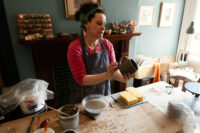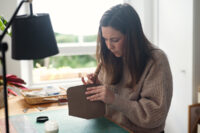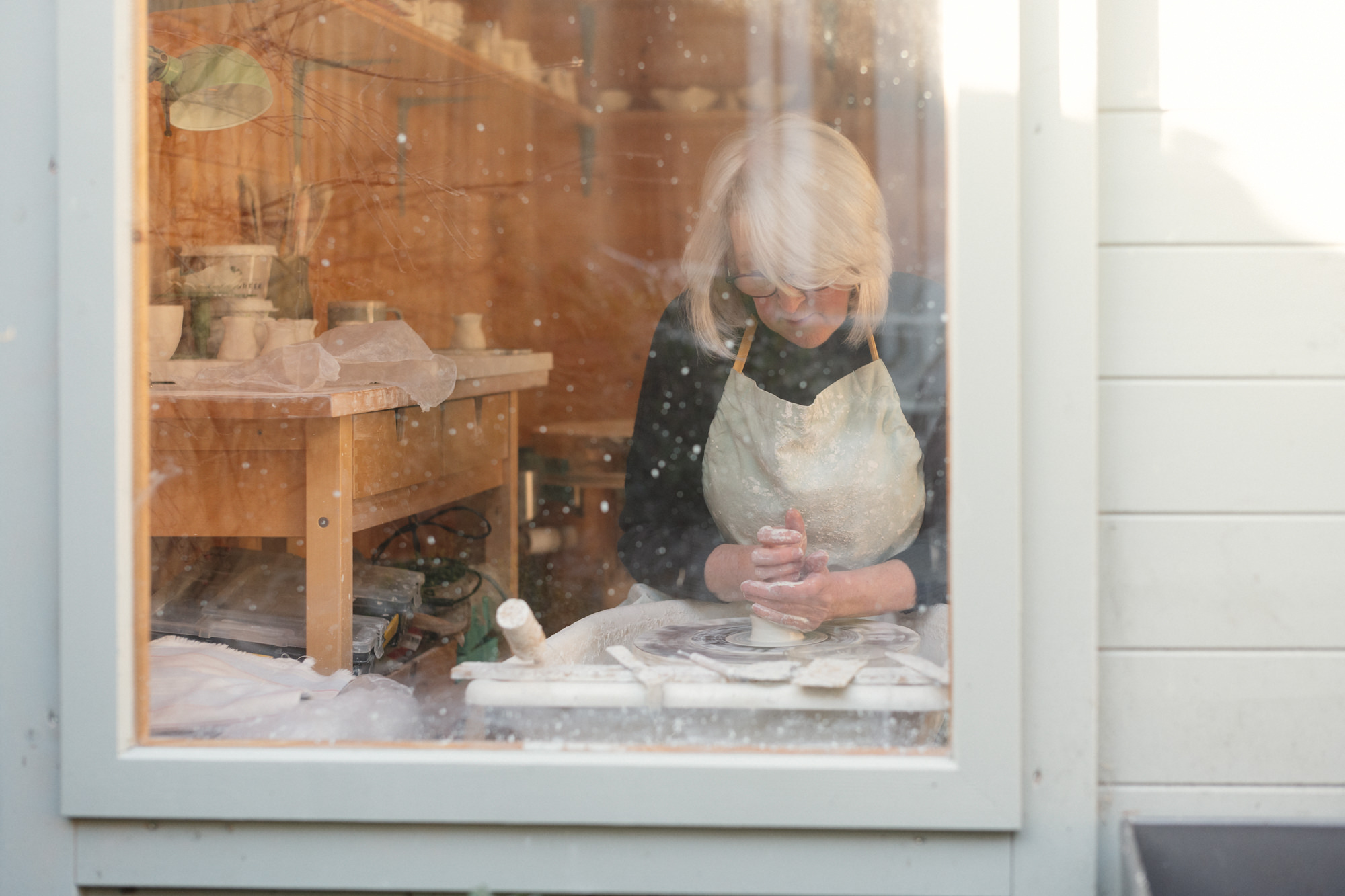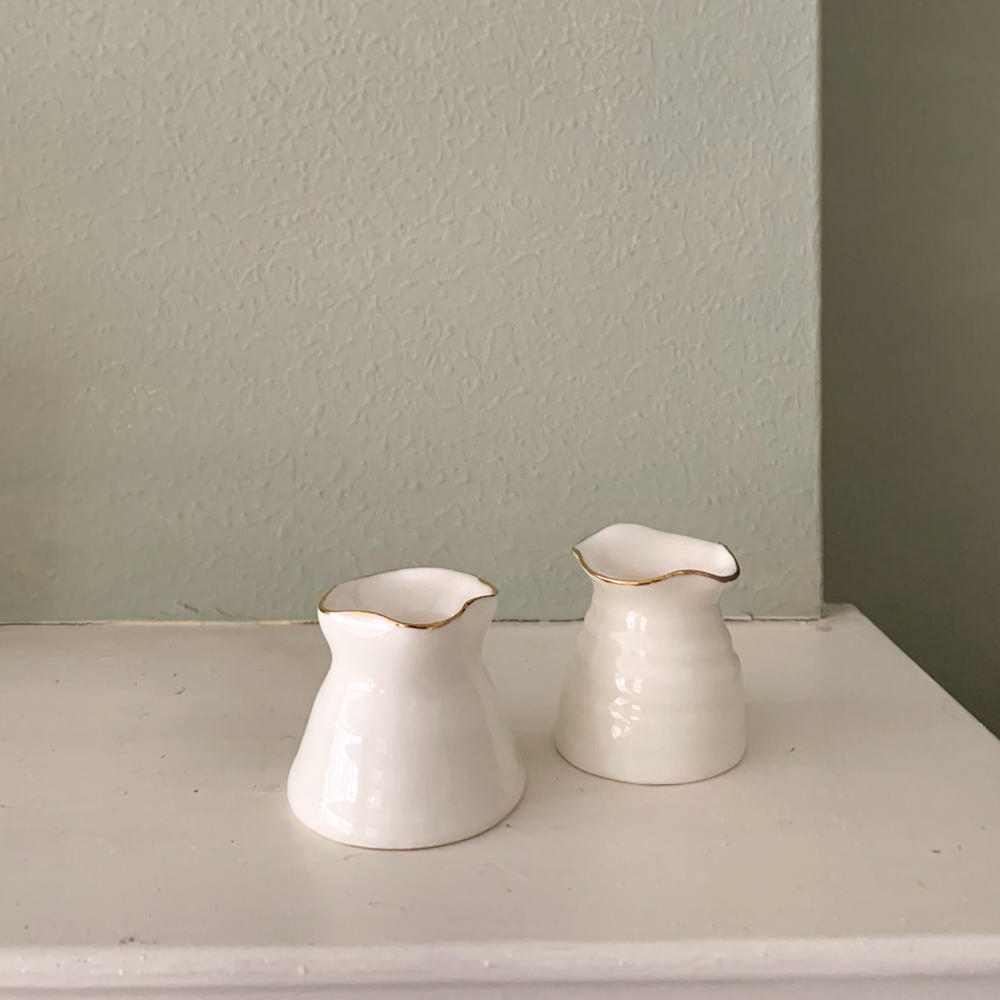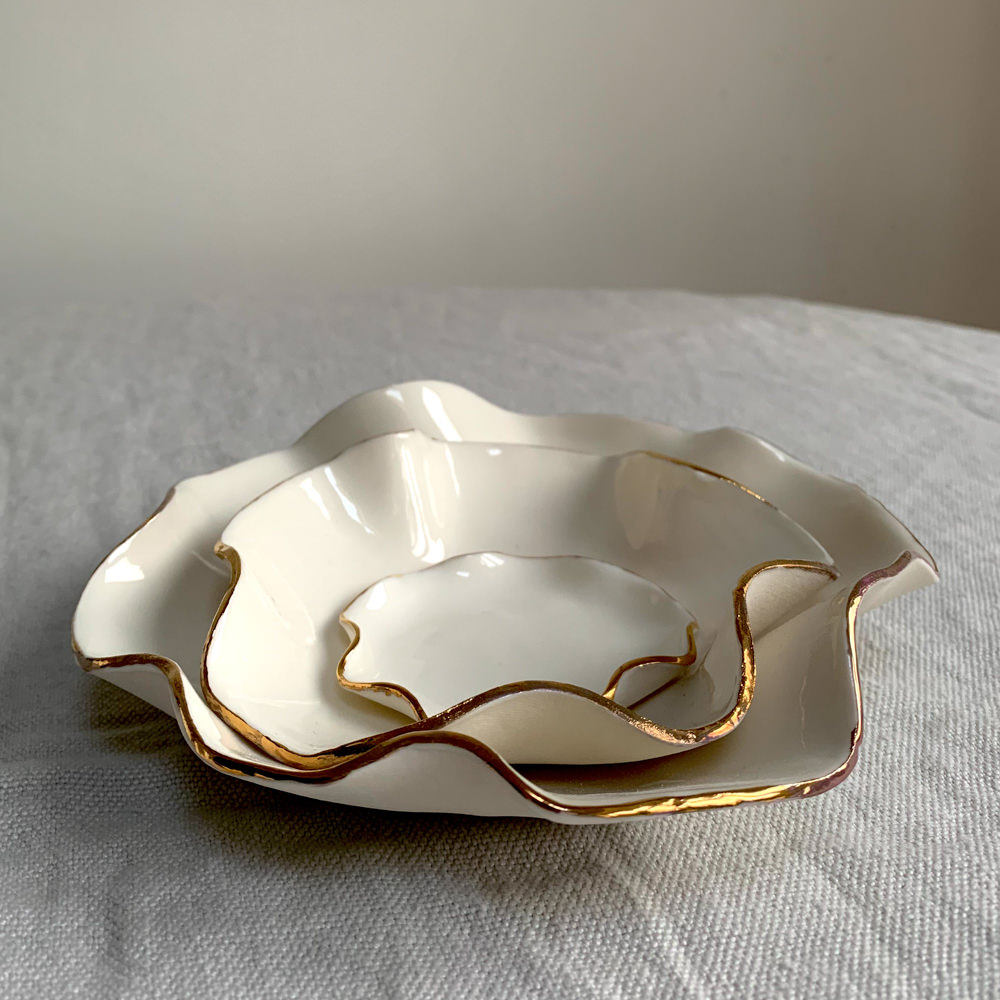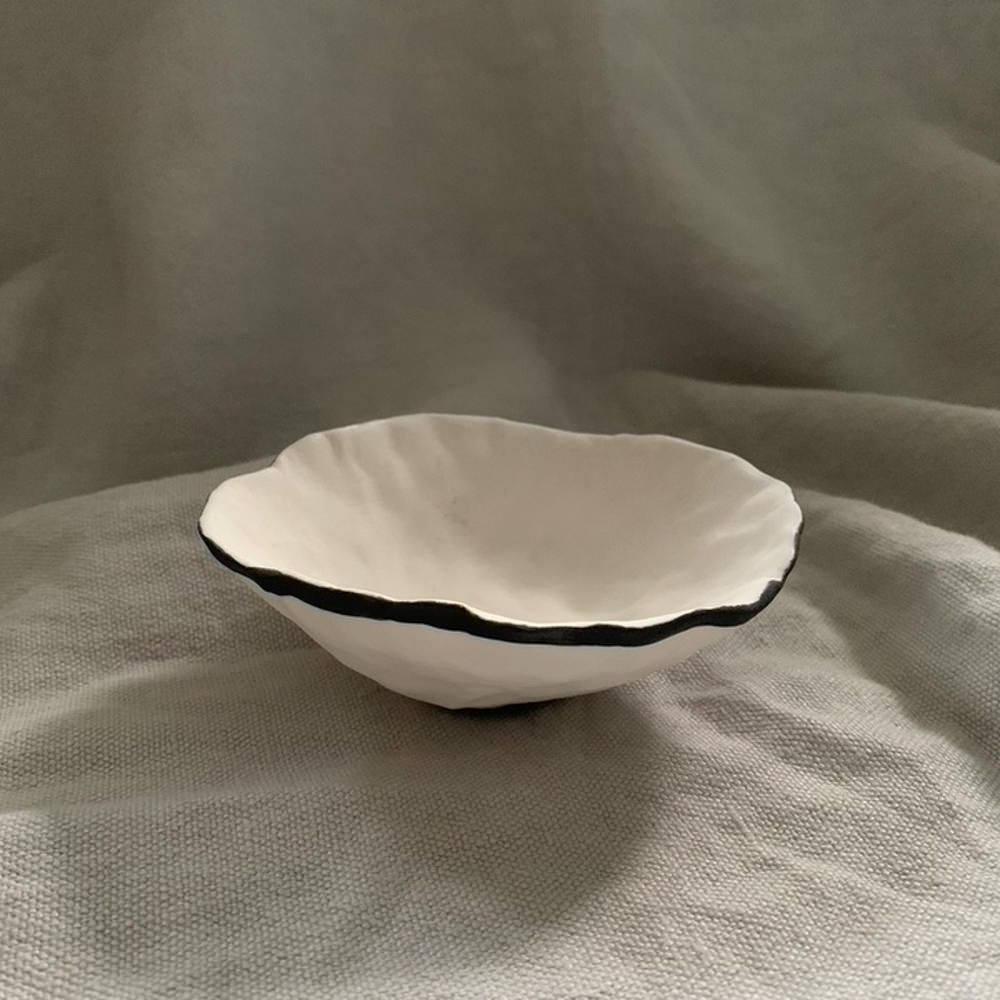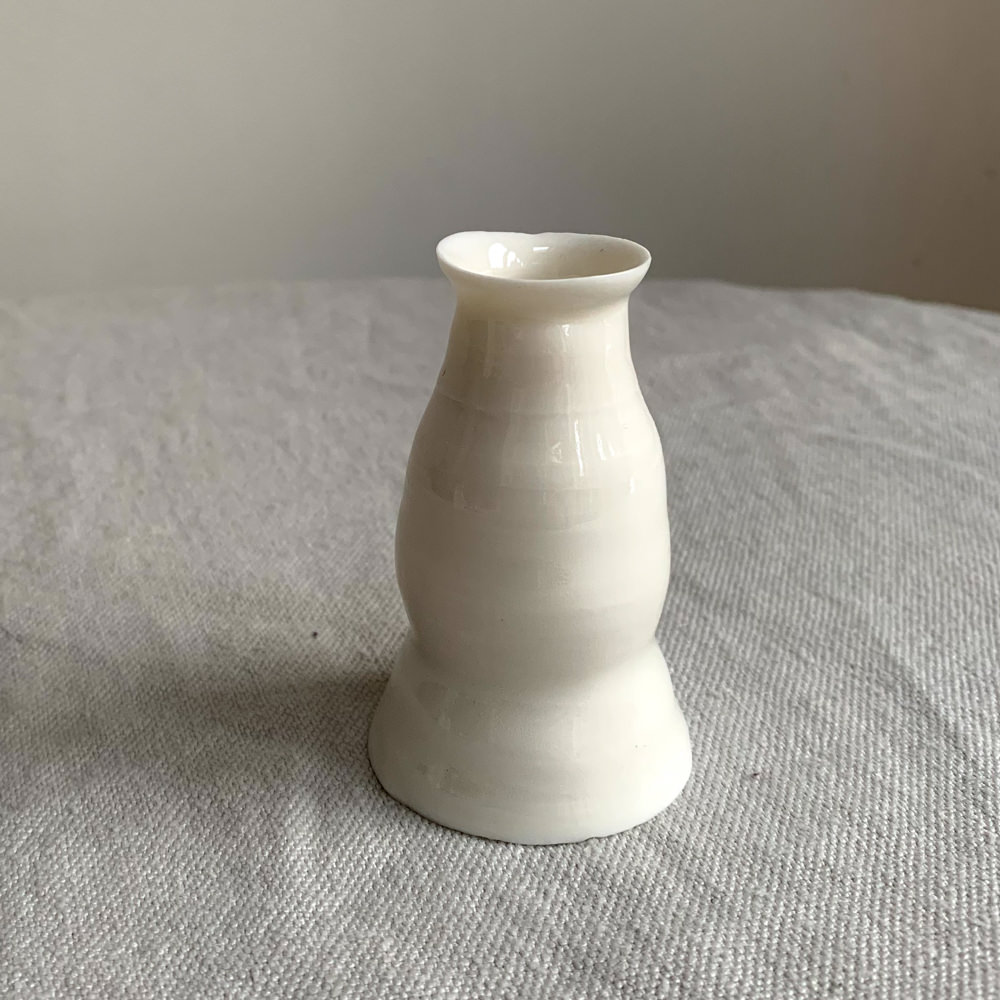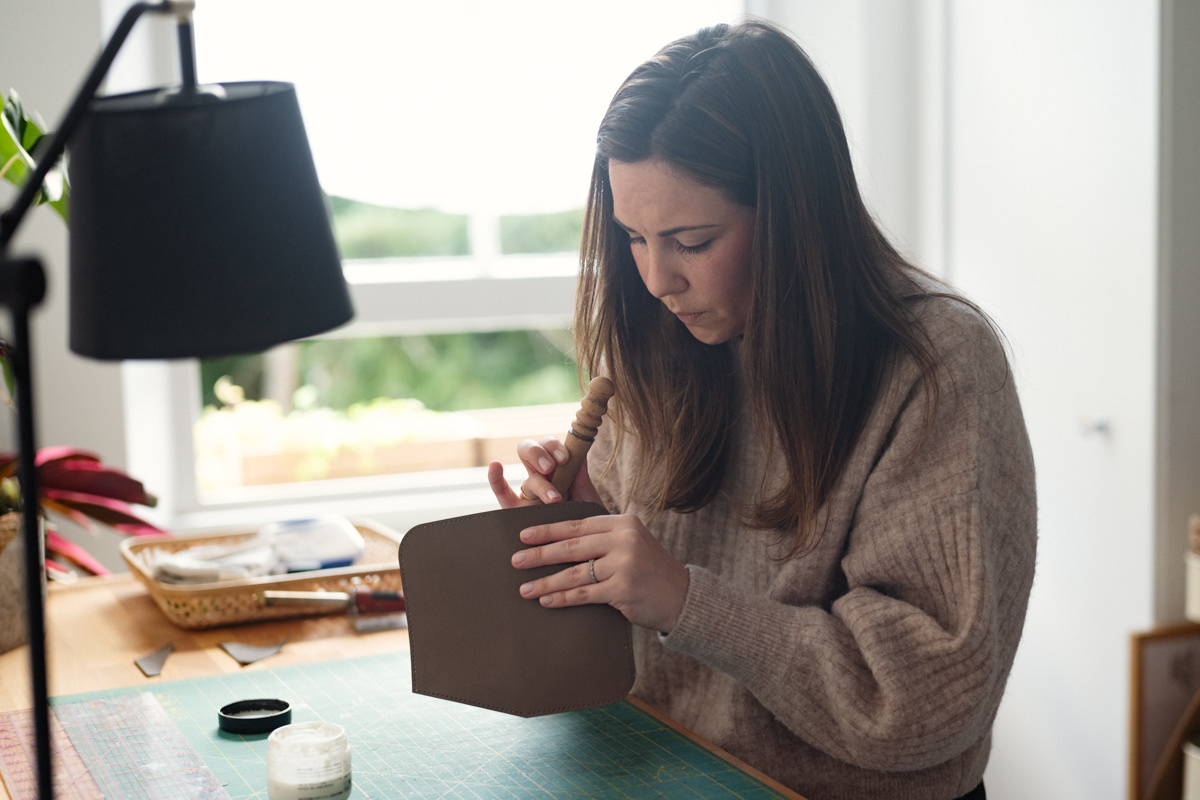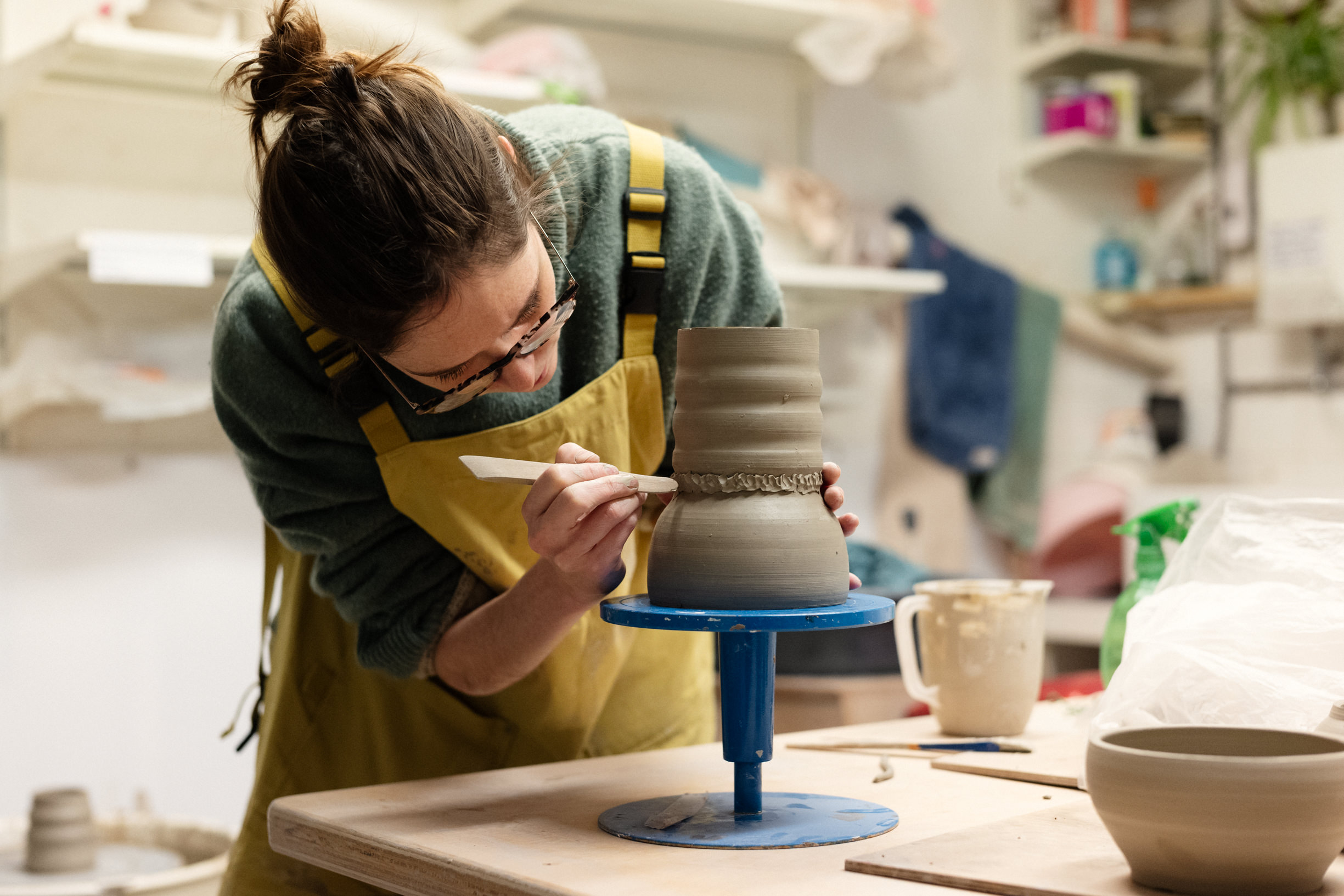Delve into the captivating world of Joanna Ling, a London-based ceramicist whose journey in art and design led her to the enchanting realm of clay. With a background immersed in the art world, including a stint curating the Cecil Beaton archive at Sotheby’s, Joanna’s artistic expression found its true calling in ceramics. Her creations breathe life into the concept of uniqueness and handmade craftsmanship, each piece radiating minimalistic beauty and timeless elegance.
Drawing inspiration from the English countryside and nature’s intricate details, Joanna’s work reflects the organic shapes of flowers and shells, transformed into exquisite porcelain art. Through the challenges and rewards of her solo journey, Joanna’s studio in her garden became a hub of creativity where every piece is a product of her intuition and dedication. From throwing on the wheel to intricate hand-building, Joanna’s meticulous process and sustainable approach resonate in each finished creation.
Join us as we explore Joanna’s artistic evolution, her profound connection with clay, and her aspirations for the future. Discover the harmonious fusion of artistry and ceramics that defines Joanna Ling’s remarkable journey.
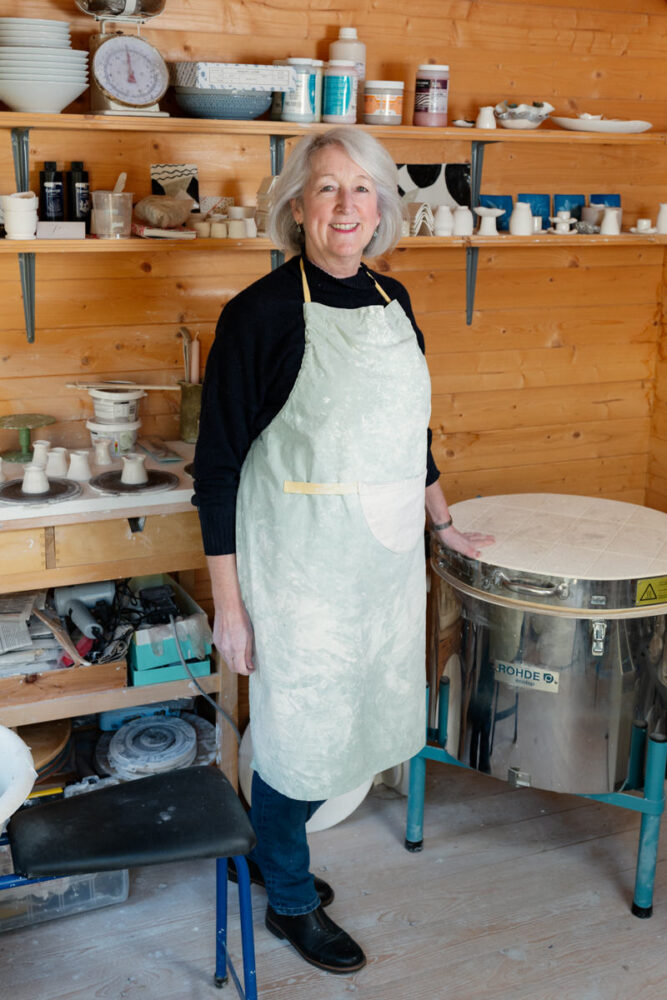
Joanna Ling
I have always been fascinated by and collected ceramics and so it seemed obvious to me to try my hand at making my own and so I enrolled in an evening class in Richmond while I was still working at Sotheby’s. I was immediately smitten! I dared to submit one of my first bowls to Sotheby’s annual Staff Exhibition and to my great delight it sold to the then Chairman and I was commissioned to make more pieces for another client. This gave me the confidence to explore making a business from it and when I left Sotheby’s in 2018 I invested in having my own studio in my little London garden and it has built up from there.
I want my pieces to have a timeless aesthetic and to fit into anyone’s home and so for me simple, organic shapes work well. I usually either use just a transparent glaze to show the natural porcelain clay colour or leave the pieces fully or partly unglazed.
I was lucky enough to be surrounded by art from all over the world during my time at Sotheby’s and I think this subconsciously inspires my work. Running the Cecil Beaton Archive was a dream job and the photographer’s amazing eye and sense of design has been a huge influence on me. One of my first big commissions was to make a Beaton inspired range of ceramics for the National Portrait Gallery shop to accompany their show of his portraits so I have a lot to thank him for!
All my pieces are organic in shape and much of my work is inspired by flowers or shells and I also love to incorporate finds from nature into my pieces. My fern platters are decorated using ferns from Richmond Park and I have made various moulds from shells that I have found to make porcelain manifestations of them.
All my pieces are handmade by me and each one is therefore unique so that when someone buys my work they know that they will own something that is a total one off. I think people are increasingly valuing this more considered and individual way of making.
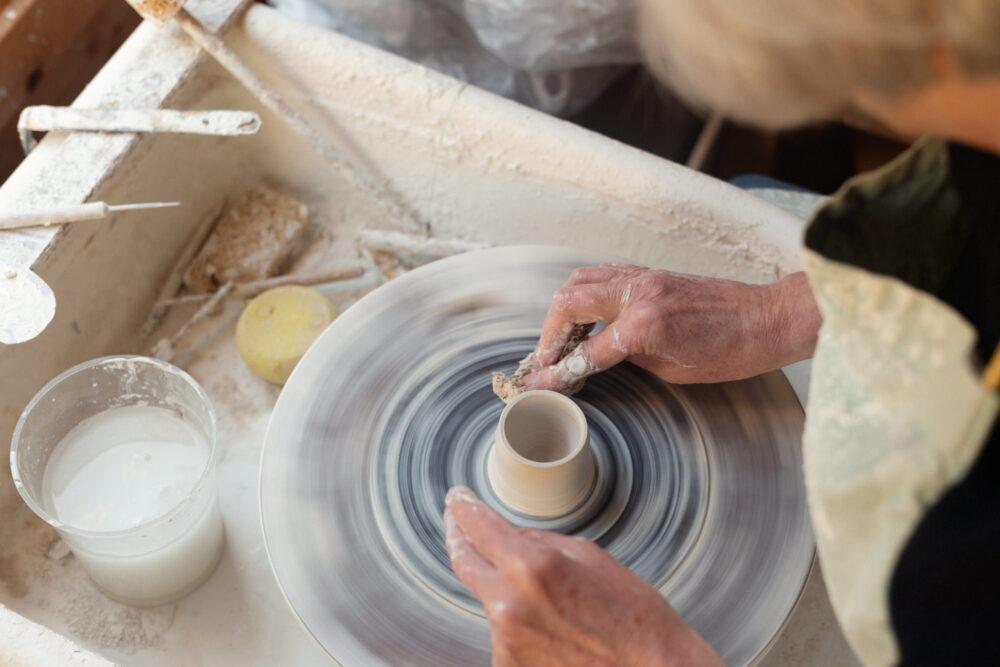
I like to work intuitively with the clay so for instance when I am throwing vases on the wheel I often haven’t got a particular shape in mind and it evolves during the process. Working on the wheel is an incredibly meditive experience. I always have my notebook with me for when inspiration strikes. I love making bespoke pieces and designing something for an individual or a specific space. Collaborating on a commission is a wonderful way of merging artist visions.
I work almost exclusively with porcelain. I hand build and throw on the wheel depending on what the piece is and sometimes combine both techniques. I don’t have a large studio so this affects the process and I try to be as sustainable as possible. I therefore raw glaze almost all my work which cuts out an entire kiln firing and I also use brush on glazes. This method leads to a more thorough integration between clay and glaze.
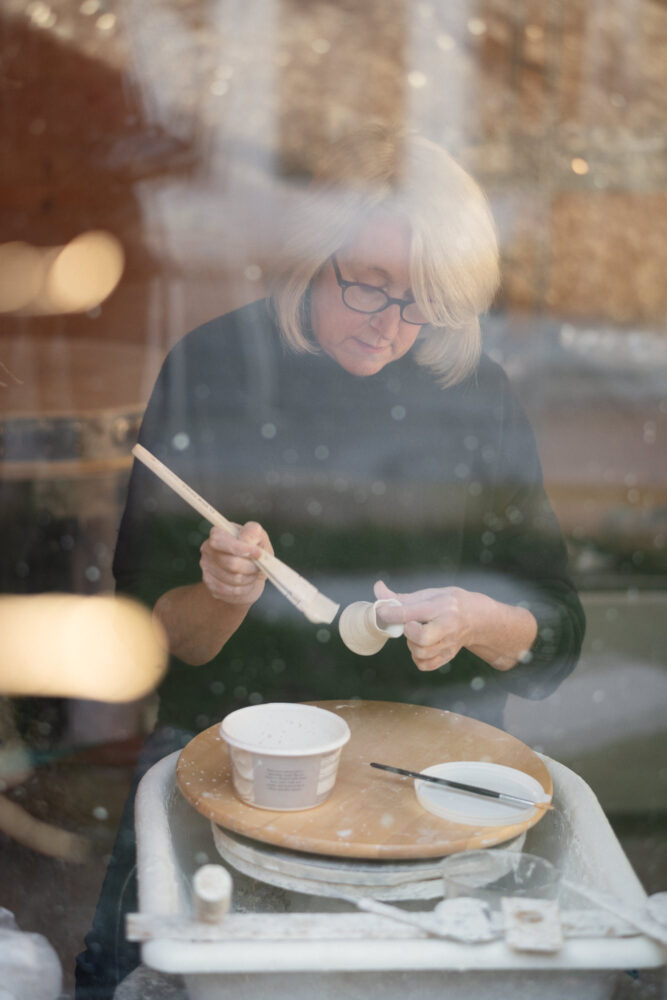
Not really! It has been rather a wonderful journey so far. I think it can be quite a solitary pursuit as I don’t work with anyone else. This also means that I don’t have as much time as I would like to be actually making as I am also the marketing manager, the packager, the PR and social media person, office manager and everything else that is involved in running a business!
One of the wonderful things about making ceramics is that you never stop learning (quite often from your mistakes!) and I would love to carry on honing my skills, experimenting with new shapes and designs. I have started selling internationally and I love the thought of my work being displayed far from home . This is something I would like to expand.


